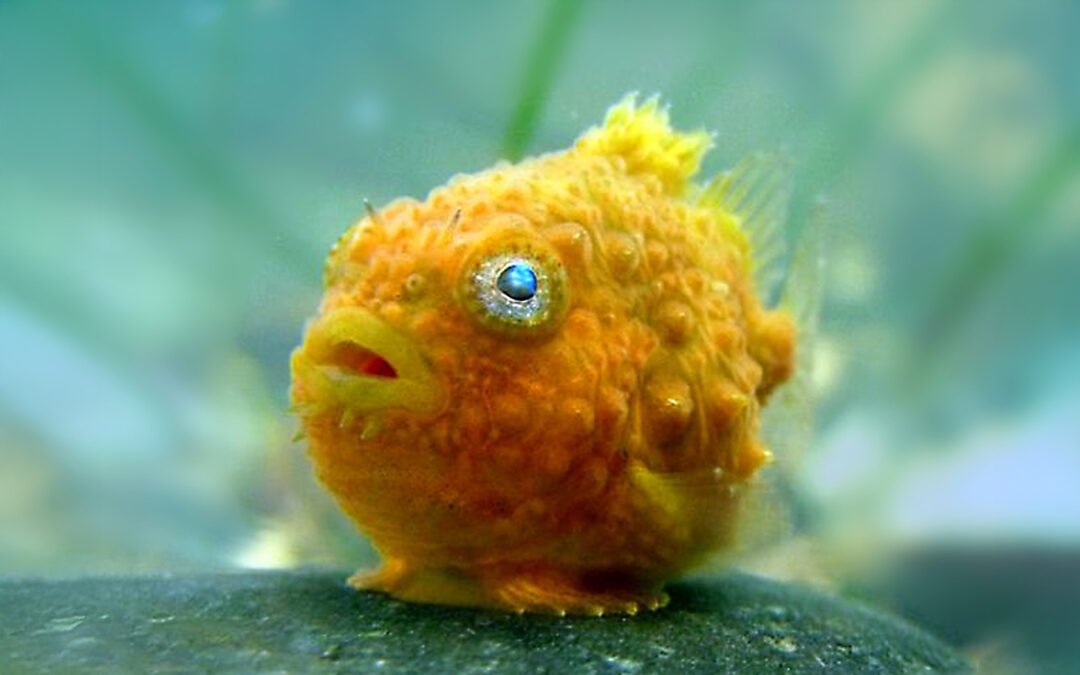
by David Young | Sep 22, 2024 | Fishes
Authors: Madeline Baldrey and Erin Pringle Scientific name: Eumicrotremus orbis Size range: 2.5 to12.7 cm (1 to 5 inches) Identifying Features: Lumpsuckers are quite small and come in many colours (red, orange, purple, green and brown). They can also have silvery...
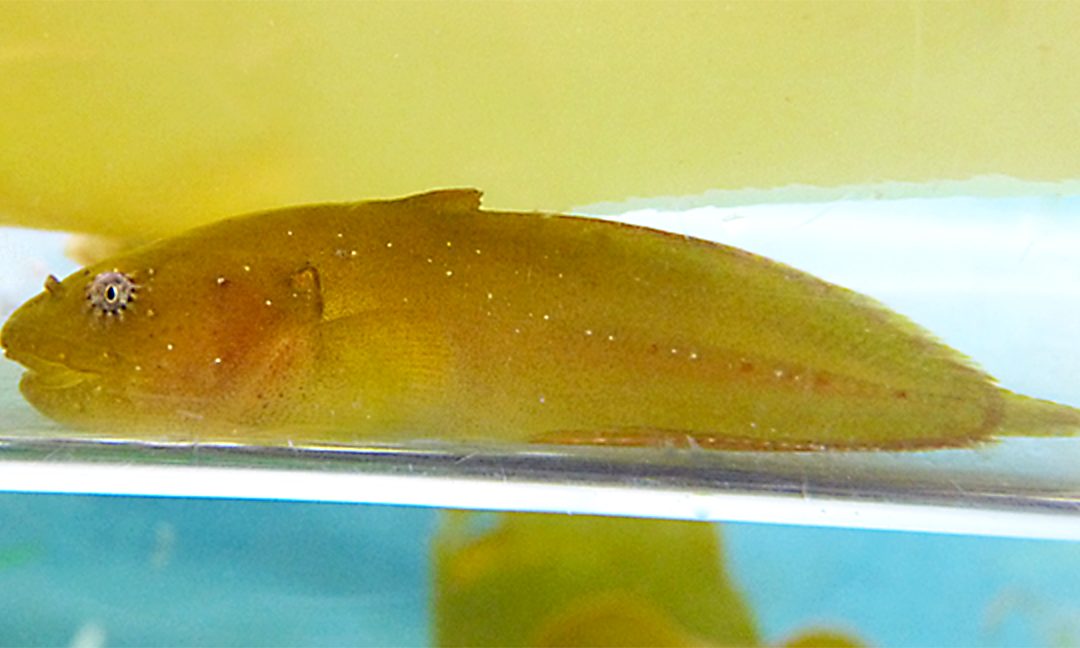
by David Young | Sep 22, 2024 | Fishes
Author: Amanda Brager Common Name: Slimy Snailfish Scientific name: Liparis mucosus Size: Slimy snailfish grow to at least 7cm (2.75 inches) in length. Identifying Features: Slimy Snailfish (Liparis mucosus) do not have scales. Their bodies are shaped like...
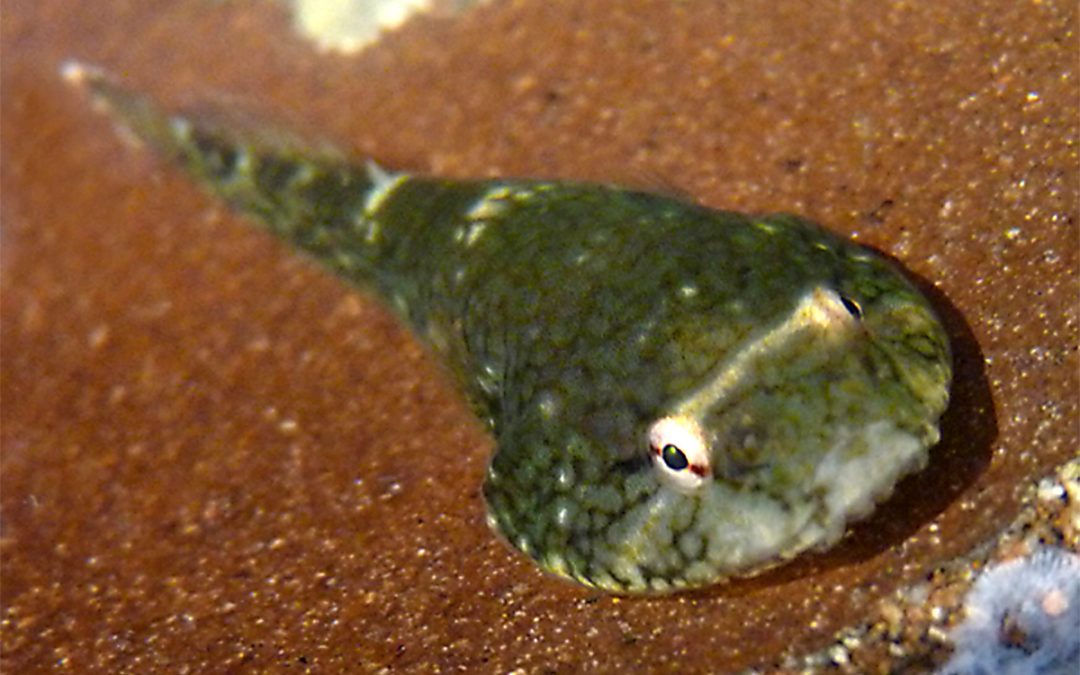
by David Young | Sep 21, 2024 | Fishes
Scinetific Name: Gobiesox maeandricus Size Range: Northern Clingfish are generally 3 inches (7.6 cm) in length but may grow up to 6 inches (15.2 cm). Most males are larger than the females. Identifying Features: The Northern Clingfish has an unusual shape. It is...
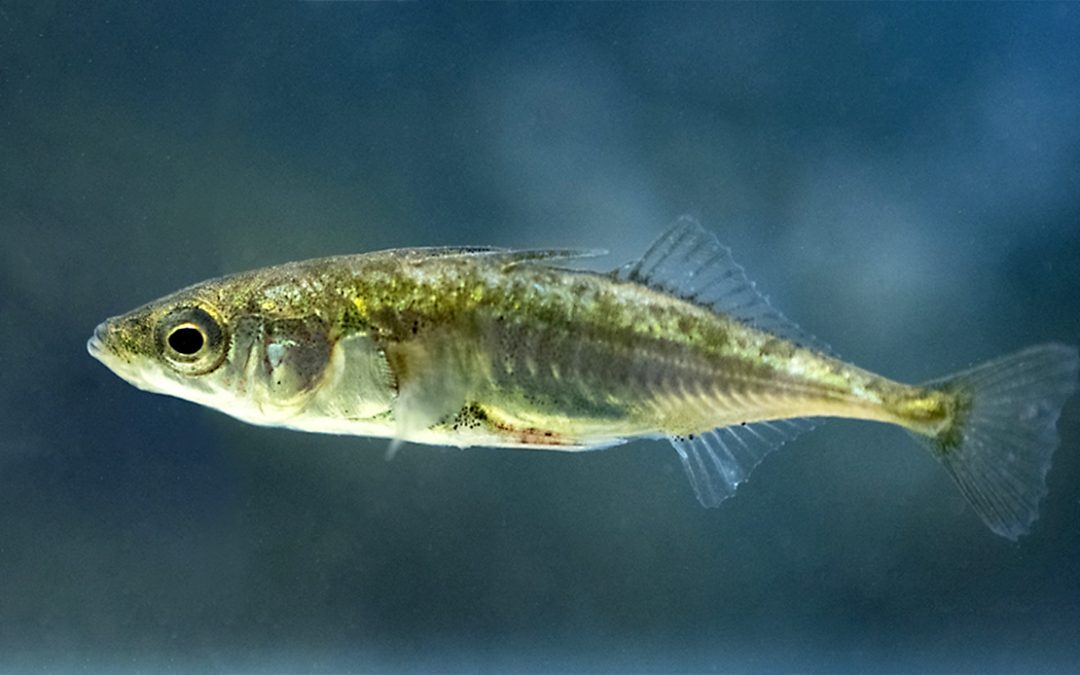
by David Young | Sep 14, 2024 | Fishes
Author: Anil Mishra Photos: Anil Mishra and D. Young Common Names: Threespine Stickleback, Three-Spined Stickleback, Common Stickleback Scientific Name: Gasterosteus aculeatus Size range: 5-10 cm (to 4in) Habitat: The Threespine Stickleback can be commonly found in...
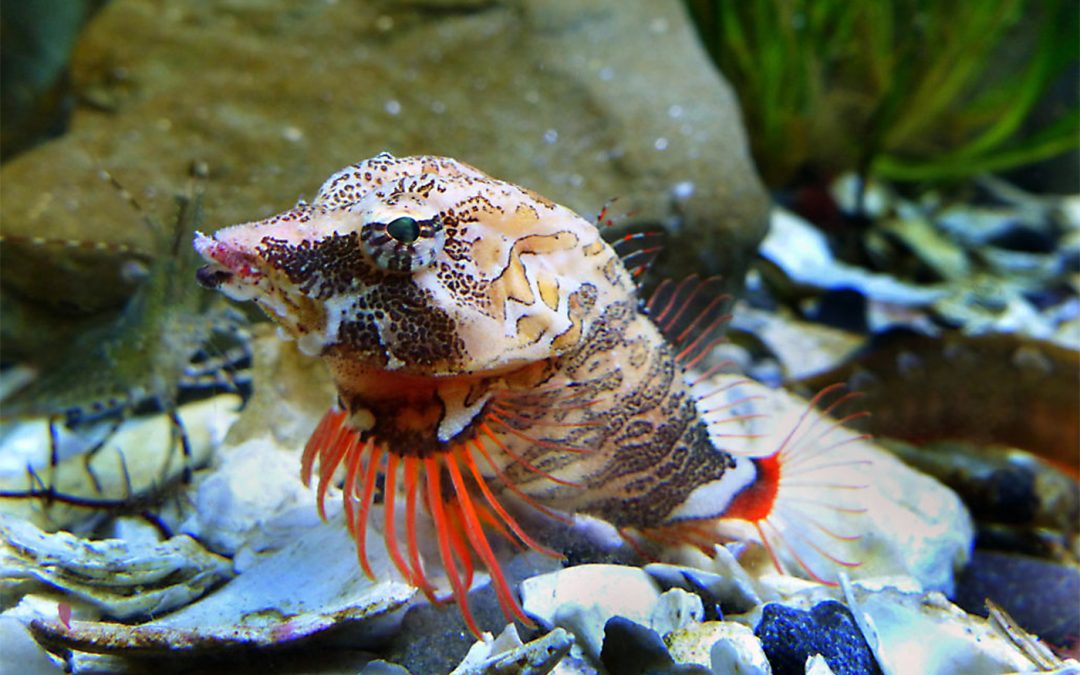
by David Young | Sep 14, 2024 | Fishes
Grunt Sculpin Author: Tabitha Baatz Scientific name: Rhamphocottus richardsonii Size range: up to 8.9 cm (3.5in) Identifying features: The Grunt Sculpin has spiny pectoral fins, lower rays are not webbed; used for gripping and hopping on the substrate. They have a...
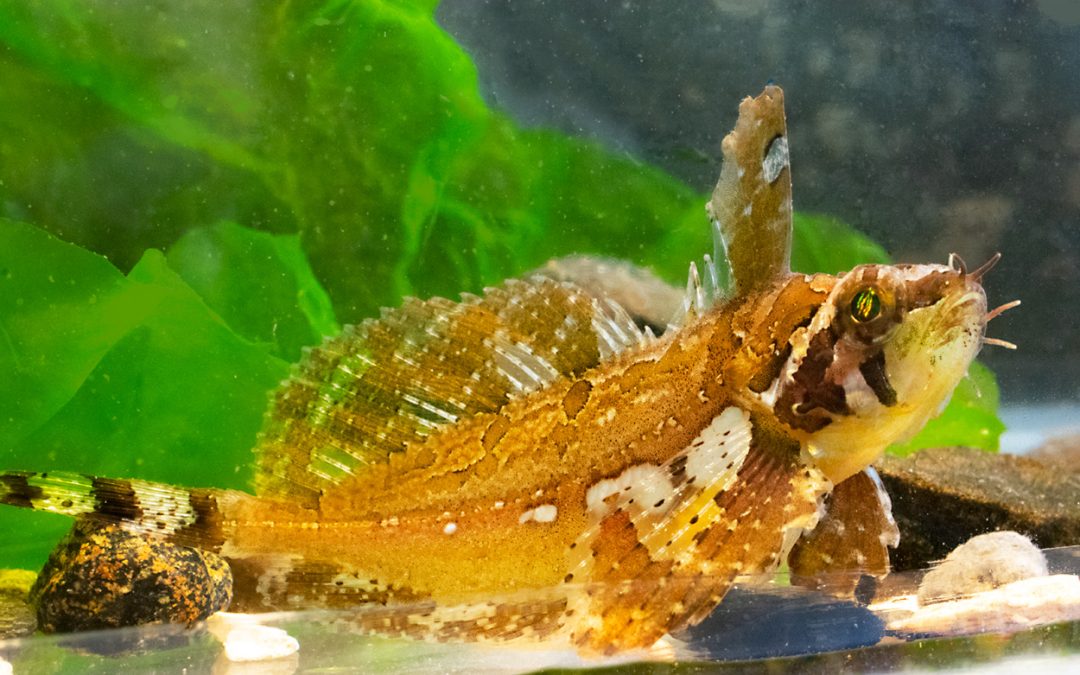
by David Young | Sep 8, 2024 | Fishes
Author: Oshia Shillingford Photos by D. Young Common name: Silverspotted Sculpin, Silverspot Sculpin Scientific name: Blepsias cirrhosus Size range: Up to 20cm (8 inches) in length Identifying Features: The Silverspotted Sculpin is dark to light olive brown, green...






